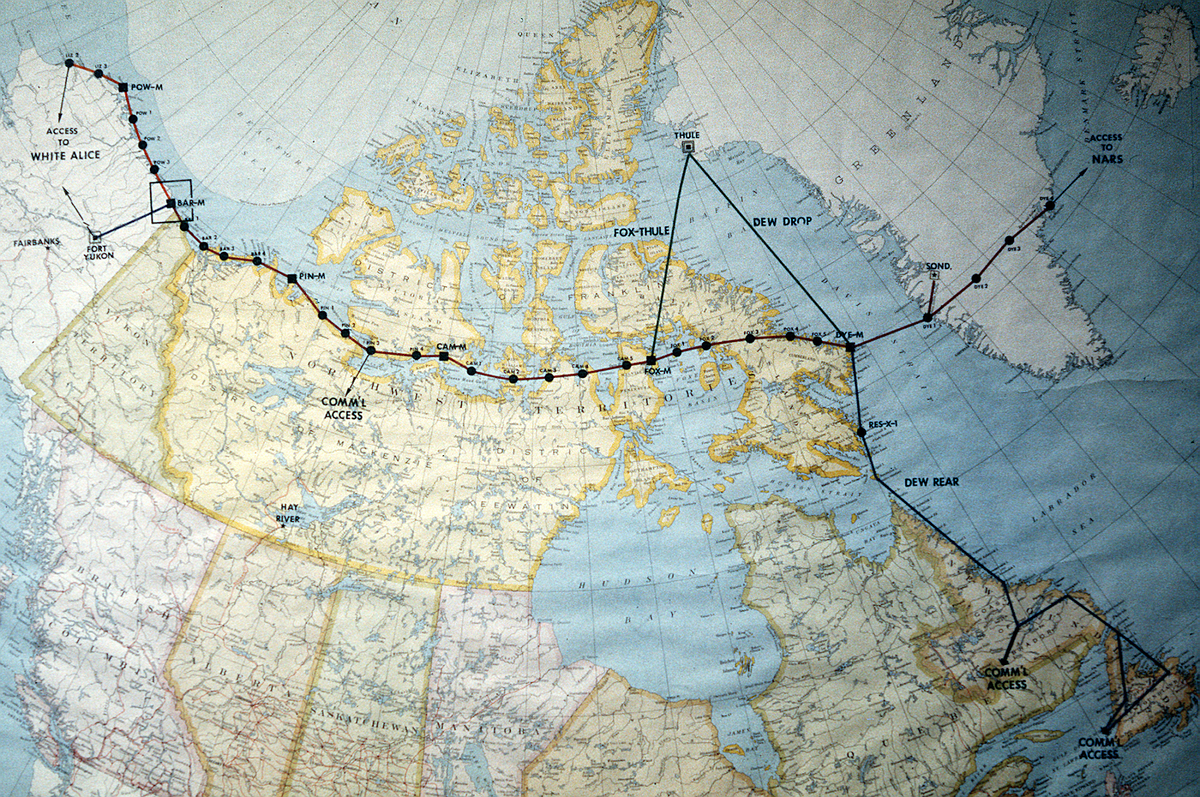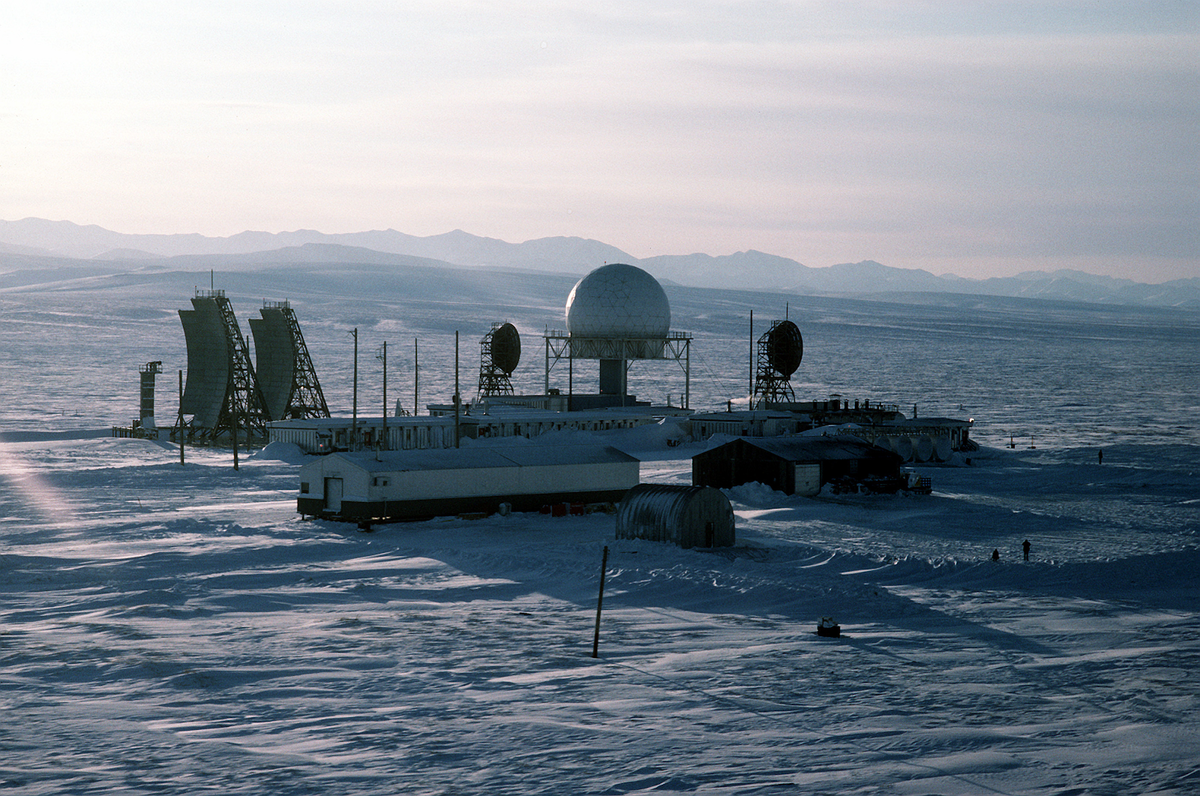After World War II, a major wave of decolonization swept the globe, especially in Africa and Asia where many countries wanted independence. Reasons for the push included Europe’s declining power, the rise of nationalism and the implementation of new United Nations (UN) policies.
-
The major European powers were weakened after World War II and could no longer manage their colonies as they were busy rebuilding.
-
After years under foreign rule, many colonies developed a sense of nationalism and wanted to be independent from their mother countries.
-
One of the fundamental principles formulated by the UN is that all people are equal. One country is not superior to another, and therefore the mother countries should surrender their colonies.
This period also saw rising tensions between two great powers: the Western bloc led by the United States, and the Eastern bloc led by the USSR. To gain as many allies as possible, each bloc offered financial or military means to emerging nations so that these colonies could free themselves from their mother countries.
This was the beginning of a long conflict called the Cold War, beginning in 1945 and lasting until the USSR fell in 1991. During the Cold War, the Western Bloc’s capitalist views clashed with the Eastern Bloc’s communist ideas. Because Canada was primarily a democratic capitalist country with strong ties to the United States, it allied with the U.S. in this conflict.
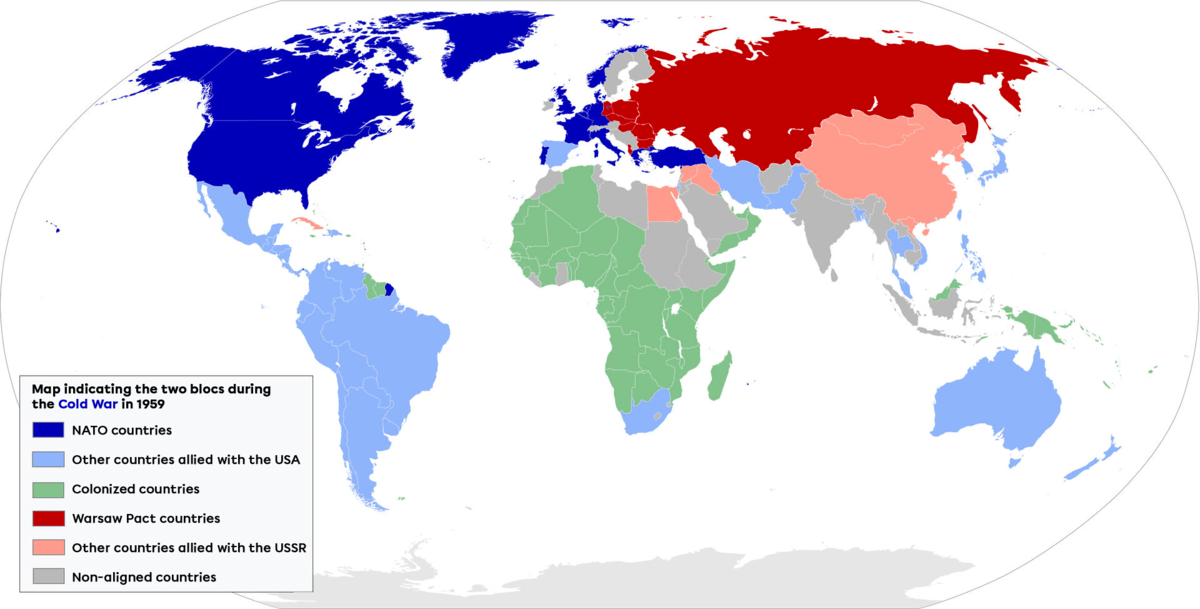
This map shows the Cold War alliances in 1959. The red countries are the Eastern bloc, the blue countries are the Western bloc, and the green countries are European colonies. Most of the colonies would eventually win their independence.
This conflict was called the Cold War because there were no direct attacks between the blocs, instead battles were fought in other countries such as Vietnam and Korea. Canada was involved in these conflicts in different ways. In 1950, approximately 26 000 Canadians defended South Korea under the direction of the United Nations (UN).
During the Cold War, there was an ever-present threat of a surprise attack between the two blocs, neither wanting to start the war and waiting for the other side to strike the first blow. Both rivals kept a close eye on each other and it seemed like war could break out at any moment.
Although Canada and the USSR were on two different continents, they shared a common border in the Arctic. Both countries wanted to claim this strategic territory, including the famous Northwest Passage, for transportation and trade. Since the Arctic territory was not permanently inhabited, it was easier for either nation to take possession of it and a race for control of the territory began. To improve the situation and keep possession of the region, the Canadian government created an Inuit army corps. They would patrol Canada’s north and the Arctic to ensure Canadian presence and protect already acquired territories. Some nomadic Inuit populations were convinced by the federal government to settle and establish villages in order to protect the Canadian territory.
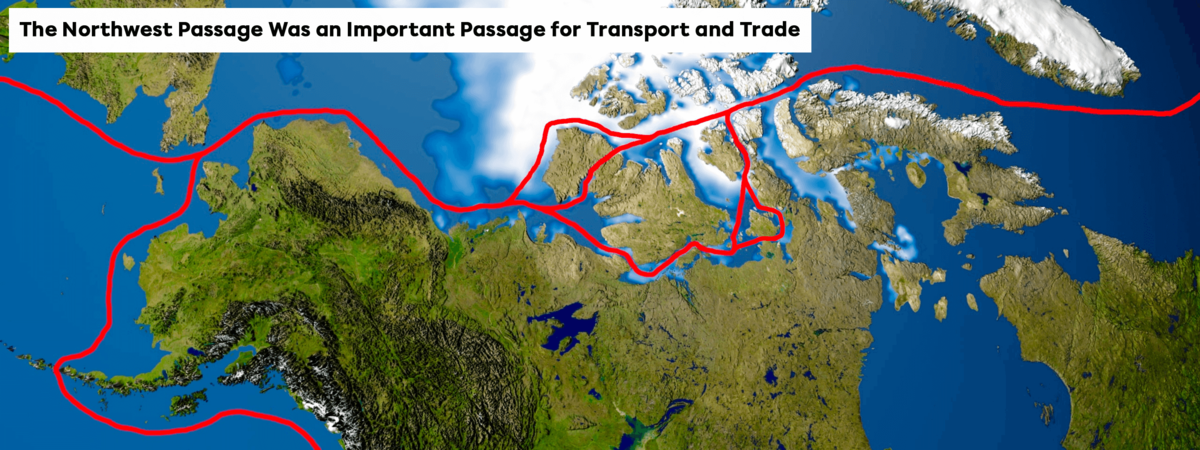
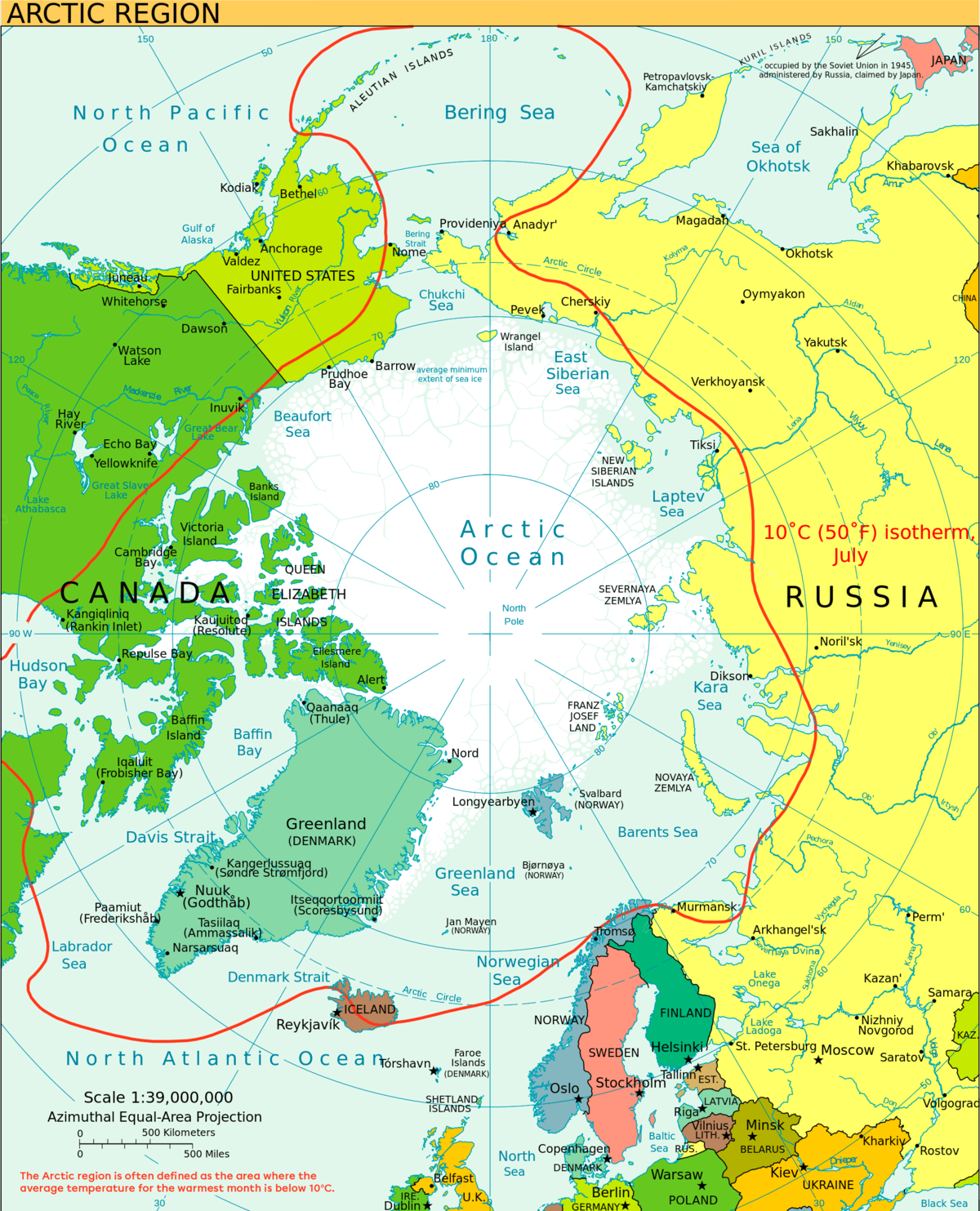
The United States also took advantage of Canada’s northern location. It created a radar network called the DEW Line (Distant Early Warning Line) to detect USSR military activity on Canadian soil. These stations are still in operation today, used to detect foreign aircraft passing over Canadian territory. These are called the North Warning System.
